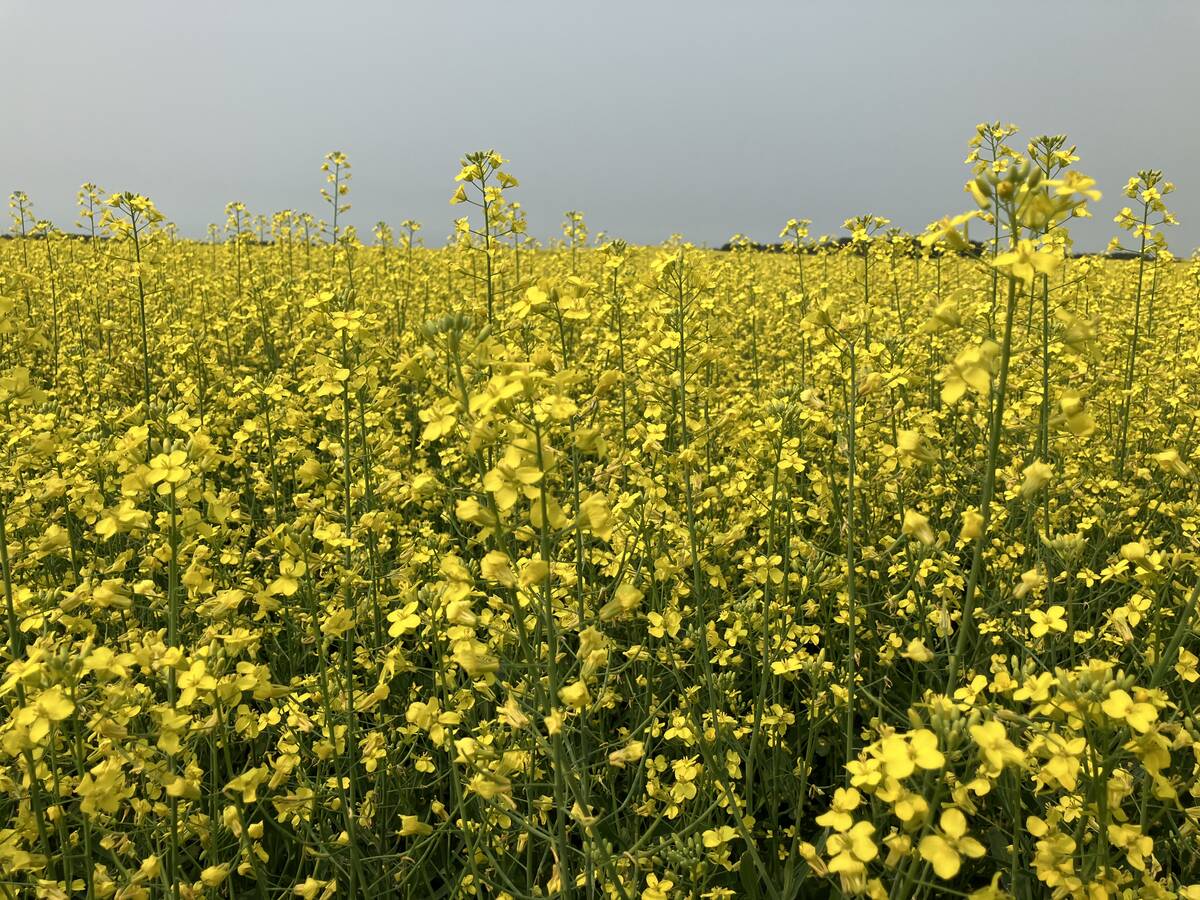After years of consistent increases, soybean acres have reached a temporary plateau in Canada.
National soy acres went from three million in 2008 to 5.5 million in 2014, but seeded area fell to 5.4 million last year and may be slightly lower this spring, Statistics Canada said in its seeding intentions report released in April.
Soybean acres will likely sink in Saskatchewan, where many growers are choosing lentils or peas over soybeans.
Seed sales for soybeans were slow this winter in southeastern Saskatchewan, a clear sign that farmers were less interested in beans.
Read Also

Canola used in only quarter of Canadian biofuel
Less than one-quarter of the biodiesel and renewable diesel used in Canada in 2024 was made from canola oil feedstock
Based on farmer surveys, StatsCan estimated Saskatchewan soy acres at 245,000, compared to 270,000 acres in 2015.
In Manitoba, StatsCan said producers intend to plant 1.5 million acres of soybeans, up 10 percent from last spring. Lionel Kaskiw, Manitoba Agriculture crop advisor in Souris, said growers plan to plant more soybeans in the southwest, but he’s doubtful about the rest of the province.
“I think our acreage in this area is going to be increasing…. The guys that were growing 500 acres last year are growing 1,000 or 1,200 this year,” he said. “(But) we’re hearing the (Red River) valley might be going down and replacing some of those (soybean) acres with peas.”
The popularity of soybeans will likely reduce sunflower acres in parts of Manitoba. Earlier this year Troy Turner, National Sunflower Association agronomist, said acres would be down compared to 2015.
Contract prices were decent this winter, 24 cents a pound for black oils and 28 cents for confectionaries, but sunflowers can be a finicky crop because of disease pressure and weed issues.
Instead, farmers are choosing to grow low maintenance crops like soybeans.
“Some of the guys that have tried soybeans are (asking) ‘why am I growing sunflowers if I can grow soybeans,’ ” Kaskiw said.
StatsCan estimated the sunflower seeded area at 80,000 acres, compared to 100,000 last year.

















